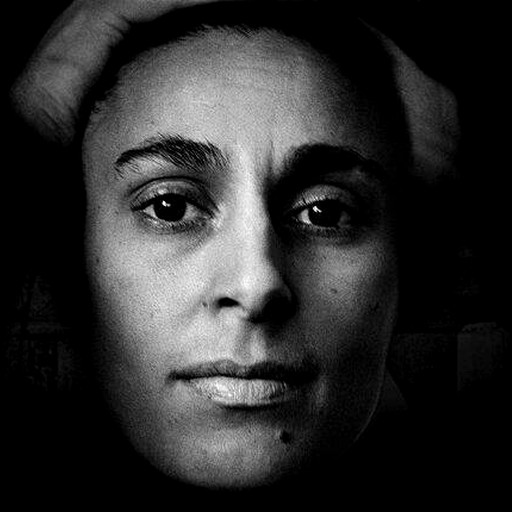Historical background
The evidence of a Romani presence in Sweden goes back to 1512, when thirty families of ‘Gypsies’ arrived in Stockholm from Helsinki, Finland ‘On Archangel St Michael’s Day (29th September) ...coming, it is said, from Little Egypt...’ and led by one Count Anthonius, as recorded in the Stockholm Tänkebok or Chronicle. The Swedish Romani group who today call themselves Resandefolket, are descendants of this migration and speak Scando–Romani or Resande–Romani. Influenced by the Lutheran Reformation in the German lands, Sweden’s King Gustav Wasa renounced allegiance to the Pope and Rome in 1527. The Uppsala Synod in 1593 made Martin Luther’s (1483–1546) Protestantism binding for the country and Sweden established a Lutheran state church.
In the following centuries, Romani people were excluded from society and faced severe persecution, through the official policies of the church and the state. Sections from the Romani population were pushed into the Finnish lands, which is one of the reasons for the common relationships (släktskap) between Swedish Resandefolket and Finnish Romani population or Kaale. There are many widely-known examples of good relationships between the rural gadje (non-Romani) population and the Resandefolket in Sweden. There are also examples from the 17th century of Resande being allowed to settle and take-up trade in cities and Romani men enlisting in the Swedish army. However, these examples of successful co-existence mainly occurred at the local level, or as a consequence of ad hoc decisions. The state and the church remained predominantly hostile to the Swedish Romani communities during these times.
At the end of the 19th century, a second group of Romani people emigrated from Russia to Sweden, mainly from Kelderash, Lovara , and Tjurari groups originating in Wallachia, Transylvania and Moldavia (Țara Moldovei in Rumanian), migrating after the abolition of Romani slavery between 1861 – 64. In Sweden’s implementation of the Framework Convention ... this second group of Roma is described as Swedish Roma. During the period from the 1920’s to the 1950’s, nationalism and scientific theories of racial biology, underpinned Swedish policy towards the Roma and Resande. The borders were officially closed for Roma immigration during the years 1914 to 1954, similar to Norway’s exclusion of Roma (from 1933 to 1956). The Swedish anti-Gypsy policy had a two-fold agenda towards these groups: the Resande (described at the time as Tattare), were seen as anti-social, ‘racially mixed’ Swedes and were persecuted through forced assimilation, sterilization and removal of their children into state foster care. The Swedish Roma (labelled as Zigenare, hence ‘antiziganism’) were seen as aliens and denied all civil and social rights, including those of access to housing and school education, with the official goal being to bring pressure to bear upon them, to leave the country. After the immigration ban was lifted in 1954, many Finnish Roma (Kaale), chose to live in Sweden because of the more promising labour market, just as many Finnish people did. During the 1970’s, a limited number of Lovari, Kelderash, Romungri and Tjurara from Yugoslavia, Czechoslovakia and Poland, were allowed to immigrate to Sweden (identified as non-Nordic Roma). Following the wars in the former Yugoslavia during the 1990’s, several thousand Roma (Arli, Ghurbeti, Ashkali and Balkan Egyptians) were granted refugee status in Sweden. After the EU accession of Sweden (1st January 1995), it became possible for Roma from all of the EU Member States to seek residency in Sweden (becoming ‘recently arrived Roma’ in the official parlance).





